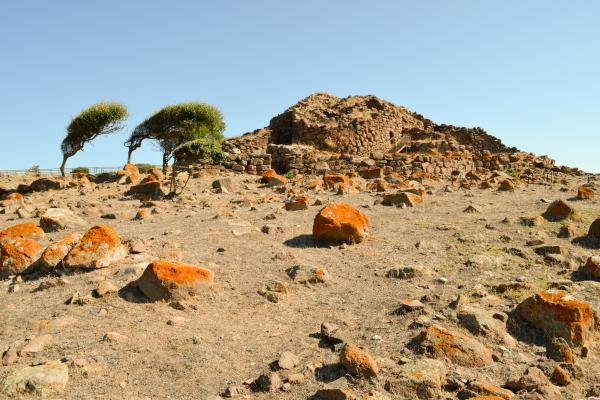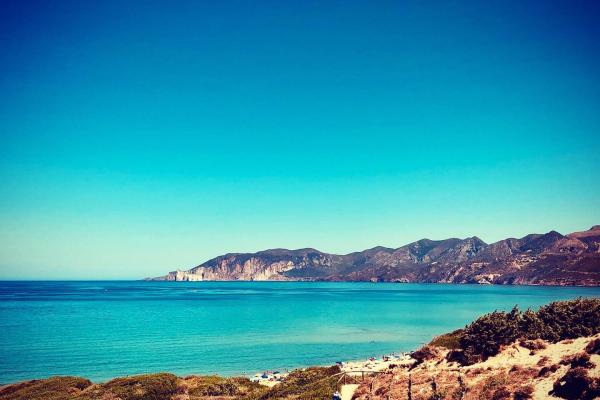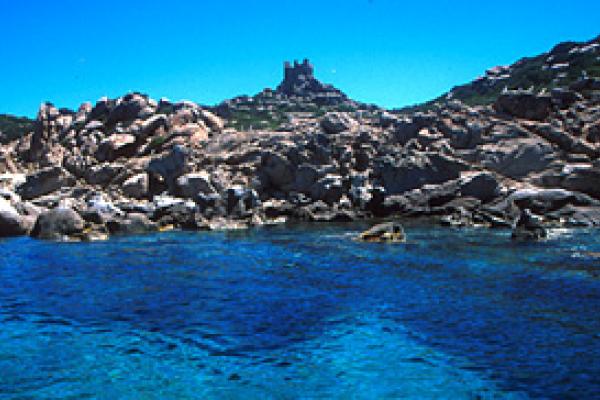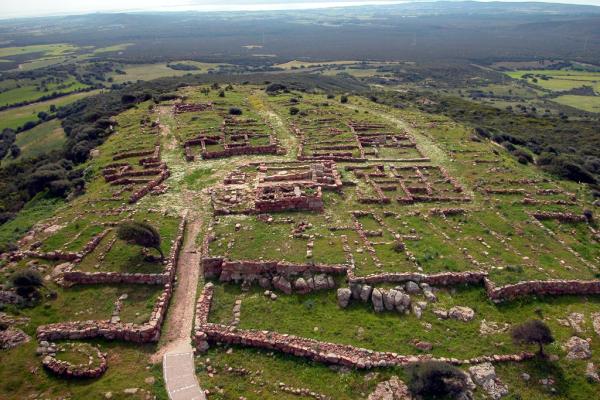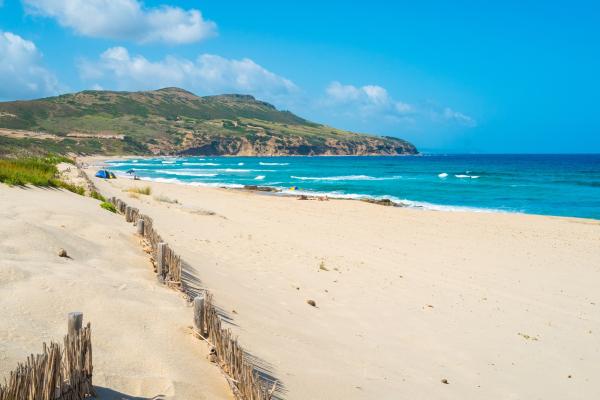It extends in an arched shape, delimited and sheltered by two cliffs, beyond which you will see the greenery of a large, shady pine forest. The beach of Portopaglietto is located in the northern part of the town of Portoscuso, a village of Spanish origin that has always been focused on fishing, especially tuna. The sandy stretch of the beach, about 250 metres long, has golden hues, shining before a crystal clear blue sea. Off the coast, facing the shore, you will see La Ghinghetta, a rock on which there is a picturesque lighthouse coloured with red and black bands. Looking beyond, you will see the coastal outline of the island of San Pietro. The sides of the beach are rocky up to the foot of the trachyte cliffs and above one of them - the southernmost one - stands the tower of Portoscuso, a Spanish fortress built to defend the coast and the fishermen of tuna and coral, which became the symbol of the town over time.

Beach
Once a small port for reaching the islands of the Sulcis archipelago, today it is the captivating ‘city’ beach of a seaside village in southwestern Sardinia
Once a small port for reaching the islands of the Sulcis archipelago, today it is the captivating ‘city’ beach of a seaside village in southwestern Sardinia
See this place because...
You will be visiting a welcoming beach, near a village with a historic fishing tradition, surrounded by cliffs, where you can admire breathtaking views
Pictures and videos
Ti piace questo luogo? Carloforte e Sant'Antioco potrebbero essere la tua meta ideale.
You may also like
More attractions in the vicinity
Nearby hotels and accommodations

PORTOSCUSO
0 km

PORTOSCUSO
0 km

Bed and breakfast (rental rooms)
PORTOSCUSO
0 km





